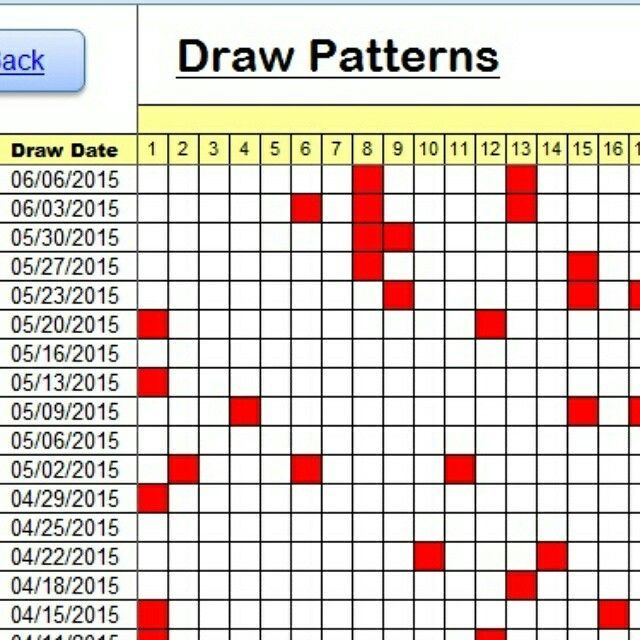
Lottery games have been popular for centuries, offering players the chance to win large sums of money with just a small investment. Many people believe that winning the lottery is purely luck-based, but some researchers argue that there are patterns in lottery numbers that can be analyzed to increase the chances of winning.
Understanding Lottery Number Patterns
Lottery numbers are typically randomly drawn, but this randomness can sometimes create patterns. These patterns can be observed by analyzing data from past lottery draws and looking for recurring numbers or combinations that appear more frequently than others. One popular pattern that lottery experts often mention is the “hot and cold” numbers. Hot numbers are those that have been drawn frequently in the past, while cold numbers are the ones that have been drawn less frequently. Some players believe that by focusing on hot numbers, they can increase their chances of winning. Others prefer to choose cold numbers, hoping that they will eventually be drawn again after a long streak of absence. Another pattern that players analyze is the distribution of numbers across different ranges. For example, a lottery game may have numbers ranging from 1 to 50. By analyzing past data, players can determine if certain ranges, such as 1-10 or 40-50, are more likely to be drawn. This information can then be used to make informed decisions when picking numbers.
The Role of Statistics in Analyzing Patterns
Statistics play a crucial role in analyzing patterns in lottery numbers. By using statistical techniques, researchers can identify recurring patterns and deviations from randomness. However, it’s important to note that statistical analysis does not guarantee winning. It can only provide players with insights into the past behavior of lottery numbers. One statistical tool commonly used in analyzing lottery numbers is the frequency analysis. This method involves counting the occurrence of each number over a given period and identifying the numbers that appear most frequently. Players can then choose these numbers or incorporate them into their number selection strategy. Another statistical approach is the probability analysis. This method calculates the probability of each number or combination being drawn, based on historical data. By choosing numbers or combinations with higher probabilities, players can optimize their chances of winning. However, it should be noted that higher-probability numbers are not guaranteed to win, as probability is only a measure of likelihood, not certainty.
Applying Pattern Analysis in Practice
Applying pattern analysis in lottery playing does not guarantee success, but it can be a useful strategy for some players. Here are a few tips to consider when using pattern analysis: Study past lottery results: Analyze the past results of the specific lottery game you are interested in. Look for recurring numbers or patterns that may be useful in your number selection. Use statistical tools: Take advantage of statistical tools to identify patterns and determine the likelihood of certain numbers or combinations being drawn. Combine patterns with other strategies: Consider incorporating pattern analysis into a broader strategy that may include selecting numbers based on personal beliefs, lucky numbers, or other systems. Play responsibly: Remember that playing the lottery should be seen as entertainment, and only play with money you can afford to lose.
The Debate Over Lottery Pattern Analysis
While some people believe in the effectiveness of pattern analysis, others argue that it is simply a myth. Critics claim that lottery numbers are truly random and that any observed patterns are coincidental or the result of people seeing patterns where none exist. Lottery operators also emphasize that every draw is independent, and the outcome of previous draws has no impact on future results. They assert that any perceived patterns are purely based on chance.
Conclusion
Whether patterns in lottery numbers truly exist or not, the fact remains that winning the lottery is highly unlikely. Lottery games are designed to be random, providing an equal chance to every player. However, analyzing patterns can be an interesting and engaging strategy for those who enjoy playing the lottery. Remember to approach lottery playing responsibly and within your means, as the odds of winning are always stacked against you.

